S. L. Zabell9780521449120, 052144912X, 0521444705, 9780521444705, 9780511126369
Table of contents :
Cover Page……Page 1
Symmetry and Its Discontents……Page 3
Title……Page 7
ISBN 052144912X……Page 8
Contents……Page 11
Preface……Page 13
PART ONE Probability……Page 15
1. the de finetti representation theorem……Page 17
2. de finetti vanquishes hume……Page 19
3. the insidious assumption of symmetry……Page 20
Example 3.1. Bayes’s argument for the Bayes–Laplace prior…….Page 21
Example 3.2. W. E. Johnson’s sufficientness postulate…….Page 22
Example 3.3. Exchangeability and partial exchangeability…….Page 25
4.1. Anaximander and the Position of the Earth……Page 27
4.2. Parmenides and the Creation of the Universe……Page 28
5. chance and equipossibility……Page 31
6. the principle of insufficient reason……Page 36
7. what is to be done?……Page 41
8. envoi……Page 44
NOTES……Page 45
REFERENCES……Page 48
2. the finite rule of succession……Page 52
3. finite exchangeability and the rule of succession……Page 55
4. when and why did bayes prove bayes’s theorem?……Page 58
5. the rising of the sun……Page 61
6. the great jevonian controversy……Page 64
7. death and transfiguration……Page 67
7.1. The Principle of Indifference……Page 68
7.2. The Urn of Nature……Page 69
7.3. W. E. Johnson’s Rule of Succession……Page 70
7.4. W. E. Johnson’s Sufficientness Postulate……Page 71
8. universal generalizations……Page 72
9. bruno de finetti and the riddle of induction……Page 74
appendix: derivation of the finite rule of succession……Page 76
A.1. Prevost and L’Huilier’s Proof……Page 78
A.3. Todhunter’s Proof……Page 80
NOTES……Page 81
REFERENCES……Page 83
1. introduction……Page 88
2. buffon’s essai d’arithmétique morale……Page 89
3. bayes’s essay towards solving a problem in the doctrine of chances……Page 90
NOTES……Page 94
REFERENCES……Page 96
1. introduction……Page 98
2. finite exchangeable sequences……Page 99
3.2. Alternative Approaches……Page 104
3.4. Partition Exchangeability……Page 105
4. historical note……Page 106
acknowledgment……Page 107
REFERENCES……Page 108
PART TWO Personalities……Page 111
1. introduction……Page 113
2.1. The Problem of Sir Alexander Cuming……Page 115
2.2. “ …the hardest Problem that can be proposed on the Subject of Chance”……Page 116
2.3. De Moivre’s Proof……Page 118
3.1. Later Proofs……Page 120
3.2. Applications……Page 122
3.3. Extensions to Other Families……Page 125
4. stirling and cuming……Page 127
5. the quest for cuming……Page 128
REFERENCES……Page 130
1. ellis and venn……Page 133
2. johnson and keynes……Page 137
3. frank plumpton ramsey……Page 140
4. the logic of consistency……Page 142
4.2. “the Principle of Indifference can now be altogether dispensed with”……Page 143
4.3. The Existence of Probable Knowledge: “I think I perceive or remember something but am not sure.”……Page 144
5. the justification of induction……Page 145
NOTES……Page 148
REFERENCES……Page 152
7 R. A. Fisher on the History of Inverse Probability……Page 156
1. fisher’s account……Page 157
2. boole……Page 158
3.1. The Rule of Succession……Page 161
3.2. Probability and Listerism……Page 163
4. chrystal……Page 164
5. inverse probability from 1880 to 1930……Page 166
6. discussion……Page 169
R EFER ENCES……Page 171
1. introduction……Page 175
2. from inverse to fiducial probability……Page 177
3.1. The Birth of the Fiducial Argument……Page 179
3.2. “Inverse Probability”……Page 180
3.3. The Interpretation of a Fiducial Probability……Page 181
3.4. The Fiducial Distribution……Page 182
3.5. The Nature of Probability……Page 184
4.1. Neyman’s 1934 JRSS Paper……Page 185
4.2. The Break with Neyman……Page 188
5.1. Fisher’s 1935 Paper……Page 190
5.2. The Simultaneous Fiducial Distribution……Page 191
5.3. The Behrens-Fisher Problem……Page 192
6. the years 1942–1955……Page 195
7. the last battle……Page 196
7.1. The Nature of Probability (continued)……Page 198
7.2. Recognizable Subsets……Page 199
8. aftermath……Page 200
9. conclusion……Page 201
NOTES……Page 202
1. introduction……Page 213
2. the central limit theorem……Page 215
3. turing’s fellowship dissertation……Page 217
3.2. The Quasi-Necessary Conditions……Page 218
3.3. The Sufficient Conditions……Page 220
3.4. One Counterexample……Page 221
4. discussion……Page 222
5. epilogue: bletchley park……Page 224
acknowledgments……Page 226
REFERENCES……Page 227
PART THREE Prediction……Page 229
10 Predicting the Unpredictable……Page 231
1. introduction……Page 232
2. the de morgan process and its antecedents……Page 233
2.1. The De Morgan Process……Page 235
3.1. The De Finetti Representation Theorem……Page 236
3.2. Determining the Prior Measure dµ……Page 238
3.3. The Rule of Succession……Page 239
4. partition exchangeability……Page 240
5. exchangeable random partitions……Page 243
5.1. Exchangeable Random Partitions……Page 244
5.2. The Kingman Representation Theorem……Page 246
5.3. The Poisson–Dirichlet Process……Page 249
5.4. The Ewens Sampling Formula……Page 250
5.5. The Chinese Restaurant Process……Page 251
6. some further literature……Page 252
REFERENCES……Page 254
11 The Continuum of Inductive Methods Revisited……Page 257
1. exchangeable random partitions……Page 258
QUOUSQUETANDEMABUTERECATALINAPATIENTIANOSTRA……Page 259
The Continuum of Inductive Methods for the Sampling of Species……Page 263
Richard Price and His Appendix……Page 266
Augustus De Morgan……Page 273
Recent Literature……Page 274
4. derivation of the continuum……Page 275
NOTES……Page 283
REFERENCES……Page 286
Index……Page 289
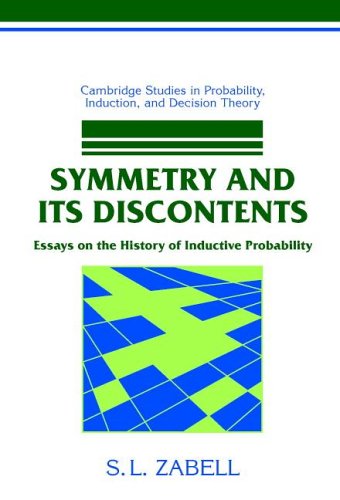
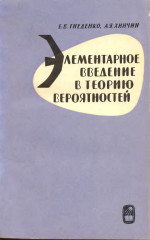
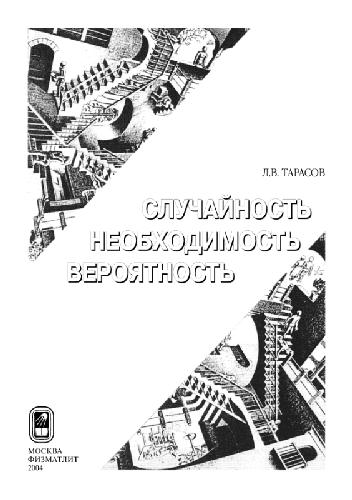

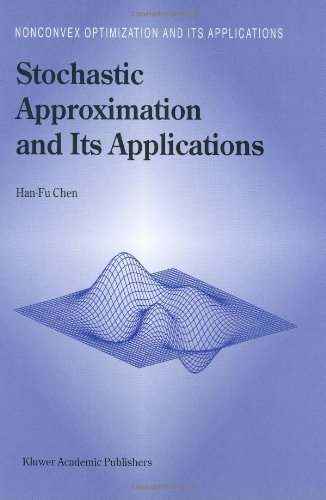

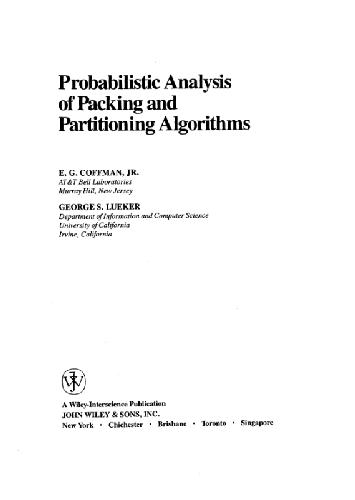
Reviews
There are no reviews yet.